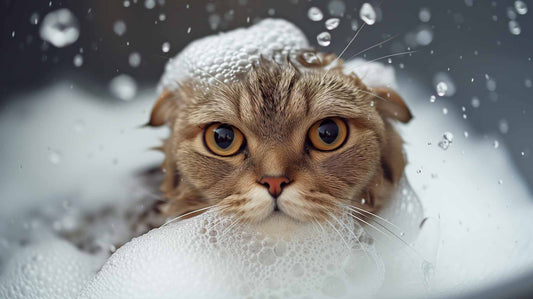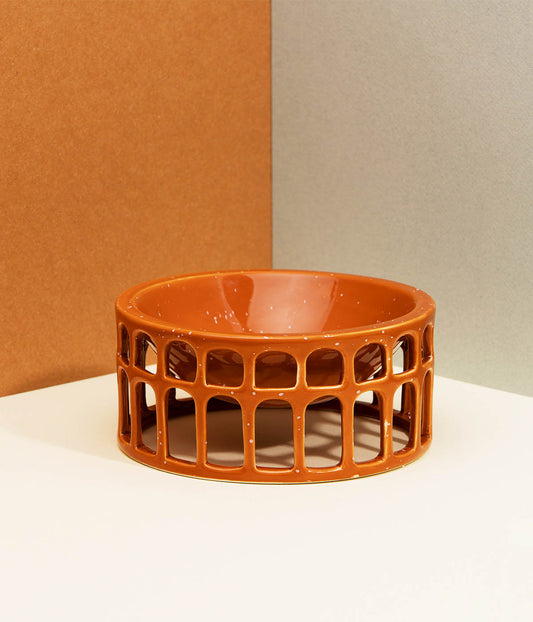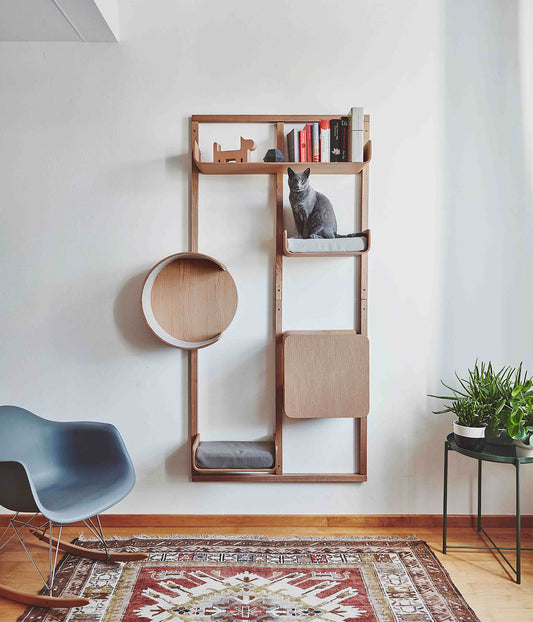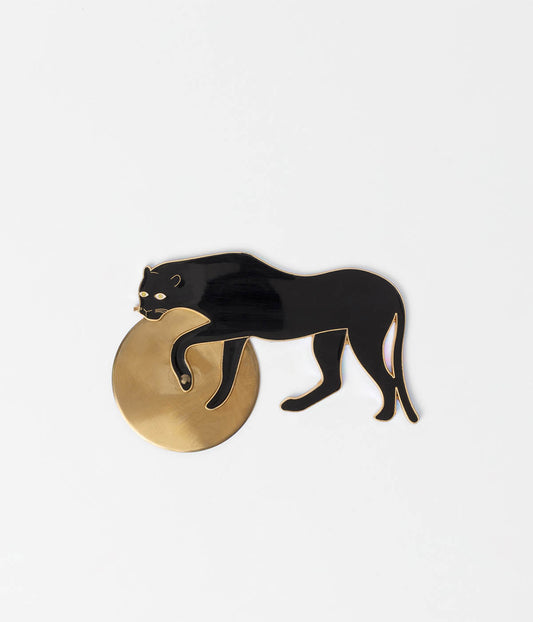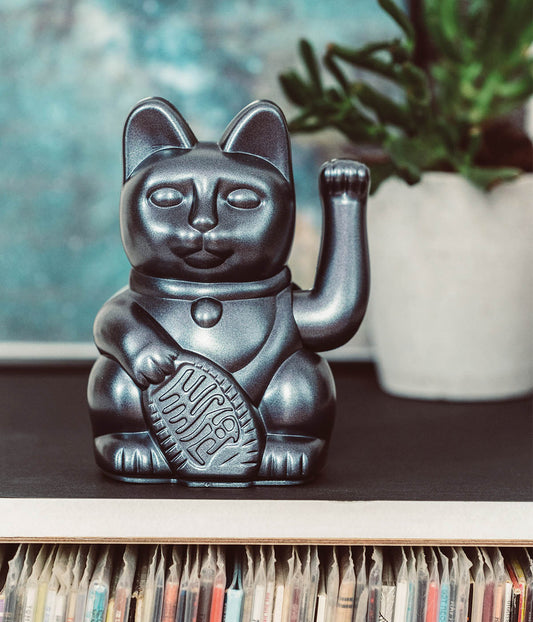
Spotlight on Safety: Cat-Proofing Your Home Like a Pro
Marie DuchessAs a responsible pet owner, ensuring the safety of your feline friend is of utmost importance. Cats are curious creatures, and their inquisitive nature can sometimes lead them into dangerous situations. To keep your furry companion safe and sound, it's essential to cat-proof your home. In this blog post, we will explore some expert tips and tricks to help you create a cat-friendly and hazard-free environment.
1. Secure Your Windows and Balconies
Cats love to perch on windowsills and explore balconies, but these areas can pose significant risks. Install sturdy screens or window guards to prevent your cat from accidentally falling out. Ensure that balcony railings are secure and free from any gaps that your cat could squeeze through.
2. Hide Electrical Cords
Cats are notorious for chewing on electrical cords, which can lead to electric shocks or even fires. Keep cords out of your cat's reach by using cord concealers or tucking them away behind furniture. Additionally, consider using bitter apple spray or citrus-scented deterrents to discourage your cat from chewing on cords.
3. Store Toxic Substances Safely
Many common household items, such as cleaning products, medications, and certain plants, can be toxic to cats if ingested. Store these substances in secure cabinets or high shelves that your cat cannot access. It's also a good idea to familiarize yourself with the list of plants that are toxic to cats and remove them from your home.
4. Keep Trash Bins Covered
Trash bins can be a treasure trove for curious cats, but they often contain hazardous items like spoiled food, sharp objects, or toxic substances. Invest in covered trash bins or place them in cabinets to prevent your cat from rummaging through them and potentially ingesting something harmful.
5. Provide Safe Hideaways
Cats love to have their own cozy hideaways where they can retreat and feel secure. Create safe spaces for your cat by providing them with cat trees, scratching posts, or enclosed beds. These designated areas will not only make your cat feel safe but also prevent them from seeking out potentially dangerous hiding spots, such as inside appliances or under furniture.
6. Secure Loose Cords and Blinds
Dangling cords from blinds or curtains can be enticing for cats to play with, but they can also pose a strangulation hazard. Use cord winders or tie cords up high to keep them out of your cat's reach. Additionally, consider installing cordless blinds or curtains to eliminate this risk altogether.
7. Check for Small Openings
Cats are masters of squeezing through small openings. Regularly inspect your home for any gaps or holes that your cat could potentially get stuck in. Cover these openings or block them off to prevent any accidents or escape attempts.
8. Secure Bookshelves and Cabinets
Cats love to climb and explore high places, but unsecured bookshelves or cabinets can easily topple over and injure your cat. Use brackets or anchors to secure these furniture pieces to the wall, ensuring they won't pose a danger to your feline friend.
9. Avoid Toxic Houseplants
While plants can add beauty to your home, some can be toxic to cats if ingested. Research and avoid plants such as lilies, azaleas, and poinsettias, which are known to be toxic to cats. Opt for cat-safe alternatives like spider plants or catnip instead.
10. Keep the Toilet Lid Closed
Believe it or not, toilets can be hazardous for cats. Cats are naturally curious and may try to drink from the toilet bowl, which can expose them to harmful chemicals or cause them to fall in. Always keep the toilet lid closed to prevent any accidents.
By following these expert tips, you can create a safe and cat-friendly environment for your beloved pet. Remember, cats are agile and curious creatures, so it's crucial to regularly assess your home for any potential hazards. With a little extra effort, you can ensure that your cat stays happy, healthy, and out of harm's way.



